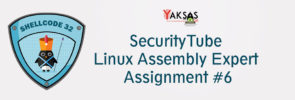CERT-In को भारतीय साइबरस्पेस के संरक्षक के रूप में सोचें। उनका मिशन भारतीय सूचना प्रौद्योगिकी बुनियादी ढांचे में साइबर हमलों को रोकना और उनसे निपटना है। इसमें सरकारी, सार्वजनिक और निजी संस्थाओं से संबंधित बुनियादी ढाँचा शामिल है। वे विभिन्न जटिलताओं के साइबर खतरों का मुकाबला करते हुए, सरकारी और अन्य छुट्टियों के दौरान भी […]
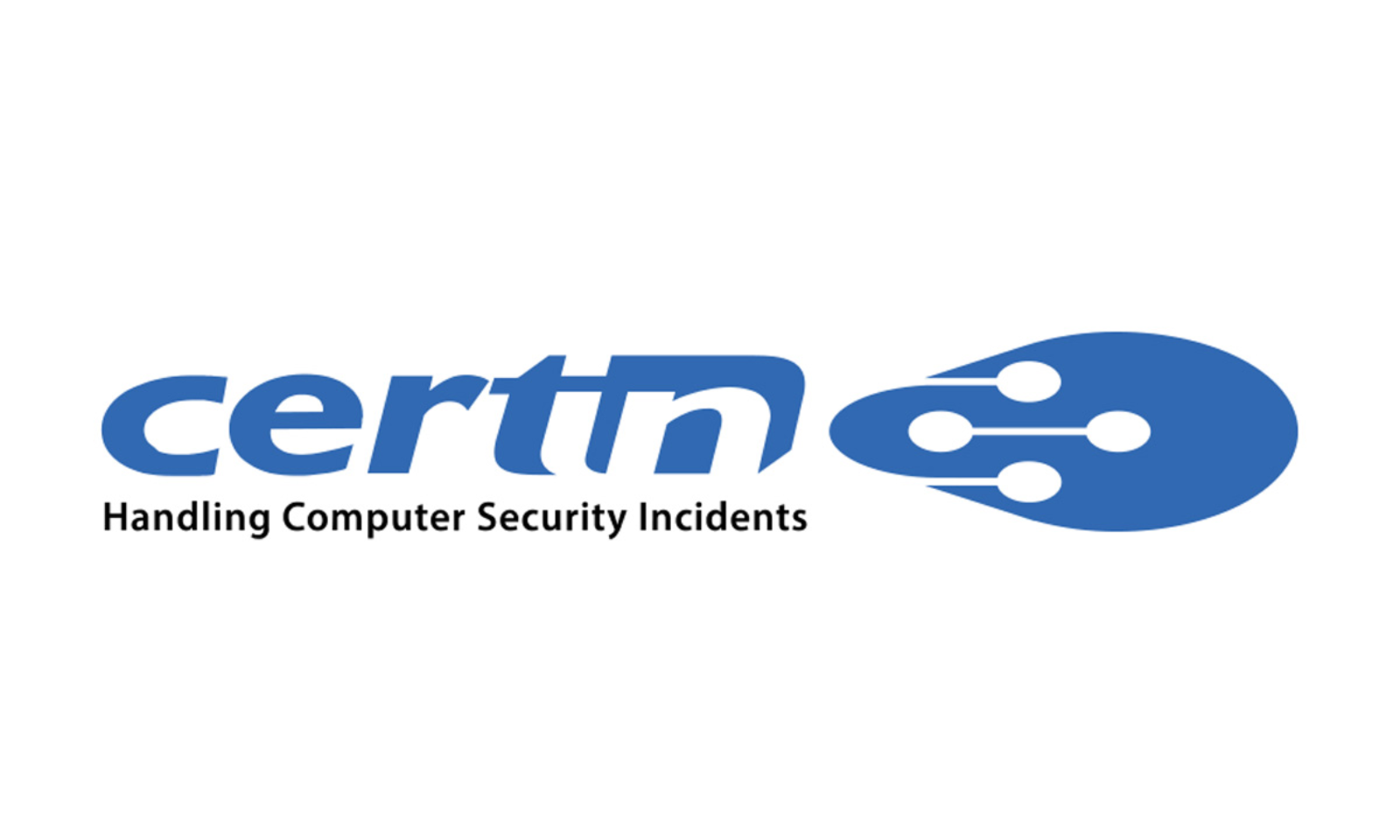
CERT-In: भारतीय साइबरस्पेस के संरक्षक

CERT-In: The first responders of the Indian cyberspace
Think of CERT-In as the guardians of the Indian cyberspace. Their mission is to prevent and deal with cyber attacks across the Indian information technology infrastructure. This includes infrastructure belonging to Government, Public and Private entities. They are operational 24 hours, even during government and other holidays, combating cyber threats of different complexities. The Indian […]

Book Review: Practical Social Engineering
One of the important aspects of a red team engagement is Social Egineering (SE). It often paves the way for initial compromise within the target organization network (assuming that the engagement is not following assumed breach methodology). However, most texts on red team engagements delve only briefly into this subject. Therefore, I chose social engineering […]

Book Review: How to Hack Like a GHOST
After completing my last book, I decided to go for another Sparc Flow book. Full disclosure, it had been in my partial read pile for some time (don’t let that reflect on the quality of the book, that’s totally on me). This review is for the book How to Hack Like a GHOST by Sparc […]

Book Review: Ethical Hacking
It’s been some time since I posted my last review, so here comes the next one. This one is for the book Ethical Hacking by Daniel G. Graham. It’s been a couple of months since I finished this book. That’s the time it takes (at least for me) to truly absorb all the information presented […]

Book Review: How to Hack Like a LEGEND
After completing the CCSP certification, I decided to switch gears and pick-up a book focusing on red teaming or adversary emulation. I chose How to Hack Like a LEGEND by Sparc Flow. This book is part of the series, Hack The Planet. The first edition of this book was independently published by the author in […]
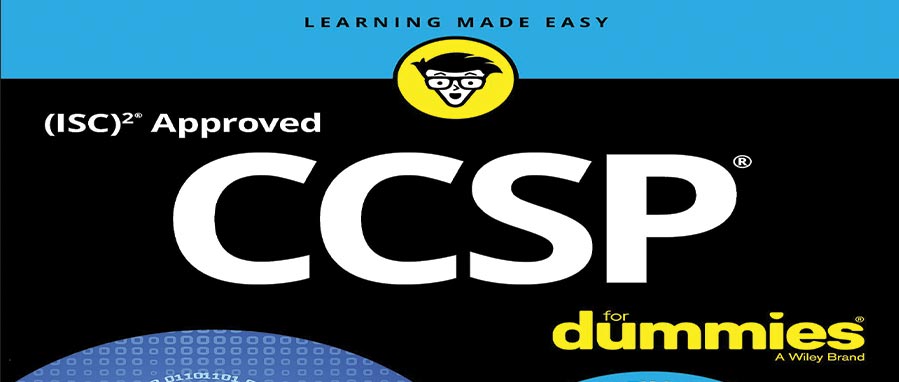
Book Review: CCSP For Dummies
I recently enrolled for the Certified Cloud Security Professional certification by (ISC)2. One of the books recommended to me for preparing for this certification was CCSP for Dummies by Arthur J. Deane. It was published in November 2020 by For Dummies publication (a brand of John Wiley & Sons, Inc). I will not go into […]

Book Review: Cyber Warfare – Truth, Tactics, and Strategies
The Humble Bundle recently launched a Cyber Warfare book bundle. The bundle contained 24 books but Cyber Warfare – Truth, Tactics, and Strategies by Dr. Chase Cunningham intrigued me so I decided to pick this book as my next read. It was published in February 2020 by Packt Publishing. This is not the only book […]
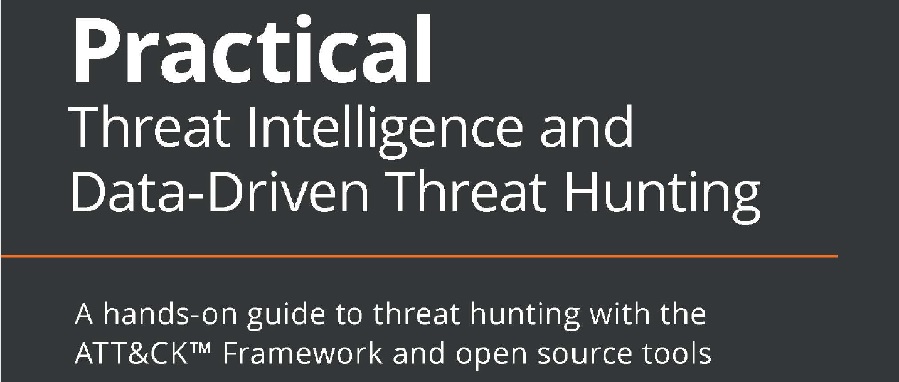
Book Review: Practical Threat Intelligence and Data-Driven Threat Hunting
A part of my work involves working with Cyber Threat Intelligence (CTI) so I wanted to brush up my CTI knowledge and learn new concepts (maybe!). I picked up Practical Threat Intelligence and Data-Driven Threat Hunting by Valentina Costa-Gazcón (published in October 2020 by Packt Publishing Limited). This book has been on my reading list […]
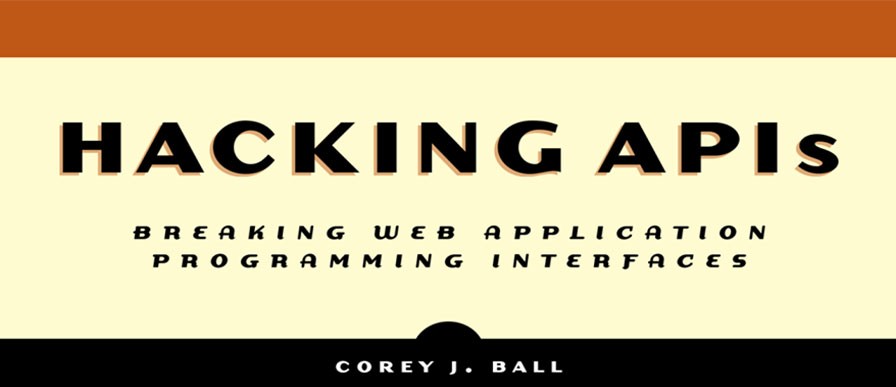
Book Review: Hacking API
After taking some time to finish my eLearnSecurity Certified Reverse Engineer certification, I decided to pick up another book. This time I chose API security as the topic and went for Hacking APIs: Breaking Web Application Programming Interfaces by Corey Ball. It was published in April 2022 by No Starch Press. Content Overview This book […]
- 1
- 2
- 3
- …
- 9
- Next Page »

